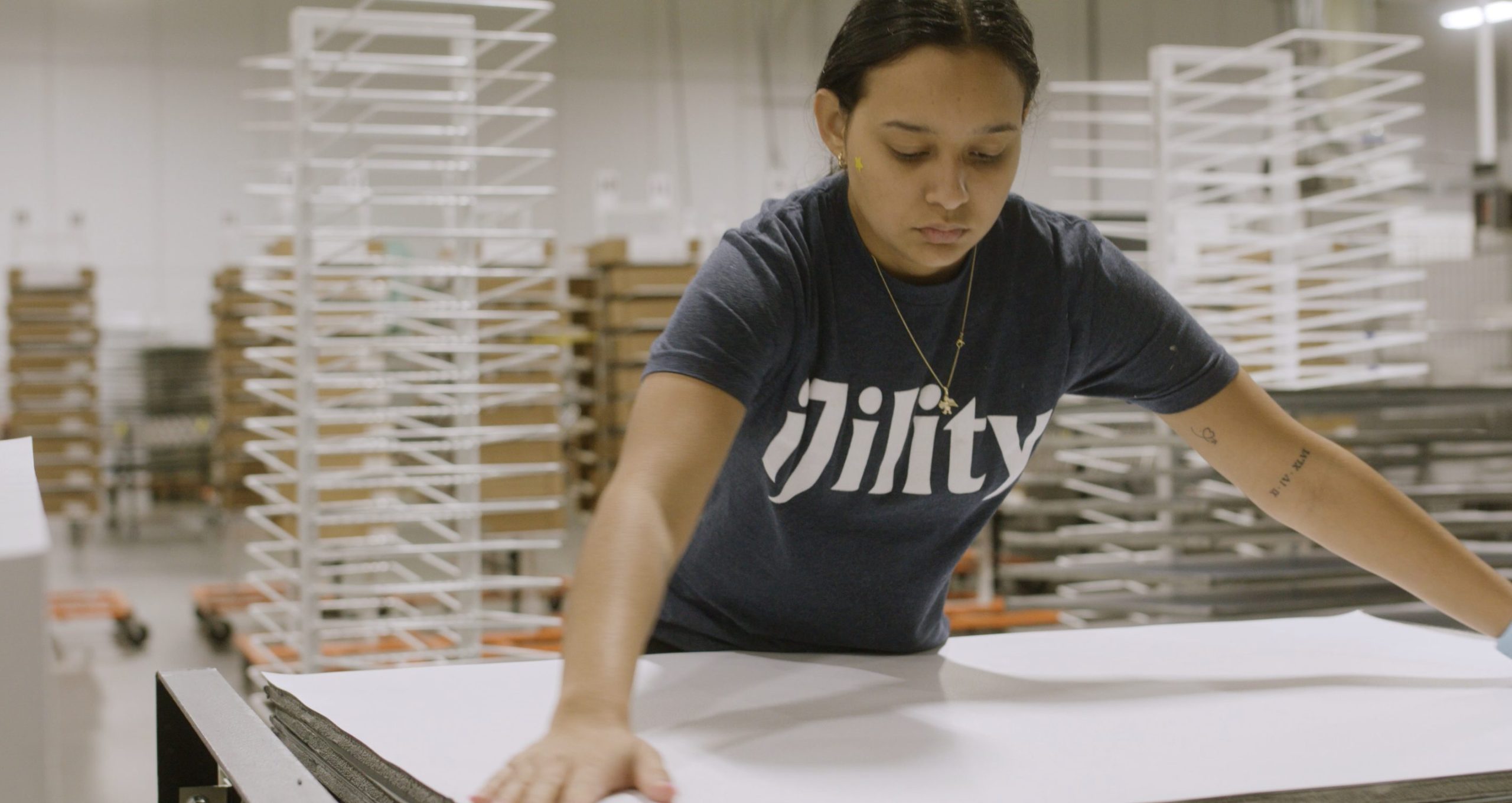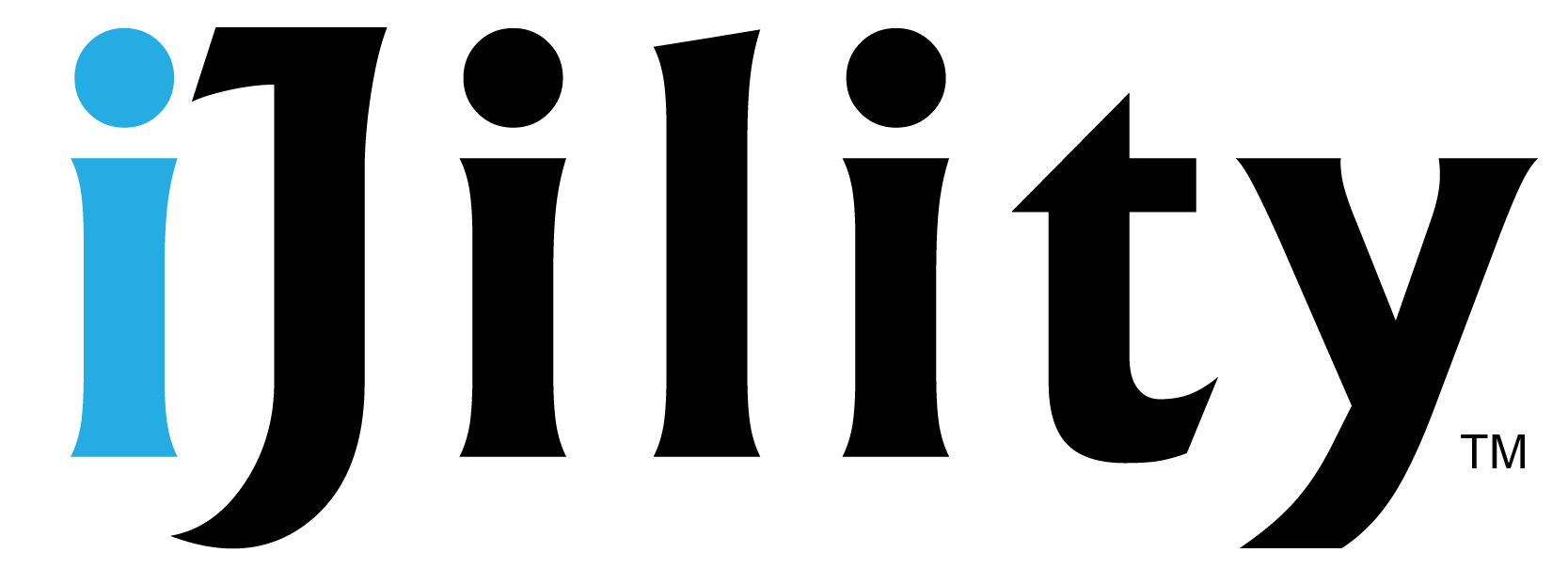
Operations managers in the kitting, picking, and packing sectors face mounting pressures to optimize productivity, streamline workflows, and manage costs effectively. But what happens when traditional full-time workforces become a roadblock to achieving these goals? This is the challenge a regional printing and fulfillment company recently faced, and how they overcame it offers valuable insights for operations leaders everywhere. By partnering with iJility, a workforce optimization firm, the company was able to turn around declining performance metrics, improve employee accountability, and create a culture that fostered flexibility, teamwork, and higher productivity.
How did they accomplish this transformation? Let’s explore the key takeaways for any operations manager aiming to boost efficiency and workforce satisfaction in a challenging labor market.
The Challenge: Low Productivity and High Turnover
The company, operating in a high-growth environment, initially relied exclusively on full-time employees. Despite demand surging, employee productivity lagged, turnover was high, and the company faced difficulty recruiting and retaining skilled workers. Operations were further disrupted by low employee engagement, poor teamwork, and minimal accountability—issues that compounded as the business grew.
Some of the specific operational challenges they faced included:
- Inconsistent quality and lack of process standardization: With few training programs and no standardized processes, employees often had to “learn on the job,” leading to mistakes and inefficiencies.
- Resistance to overtime: Employees were reluctant to work beyond standard hours, which created gaps in fulfilling orders during peak demand.
- Minimal feedback loops: There was limited communication between production and manufacturing, meaning issues like raw material defects often went unreported.
- Escalating costs: As quality and productivity issues mounted, so did costs, further straining the company’s resources.
With these persistent issues eroding workplace culture and efficiency, the company needed a comprehensive workforce solution to stabilize operations and set the stage for sustainable growth.
Phase 1: Building a Foundation for Success
To address these challenges, the company turned to iJility, whose Engagement Team stepped in to establish a new cultural framework—what they call a “Culture of Success.” This phase focused on workforce stabilization, prioritizing communication and accountability across the workforce.
Key Strategies in Phase 1:
- Workforce Expectations and Accountability: iJility’s team set clear expectations around flexibility, cross-training, and labor sharing, fostering a sense of ownership among employees.
- Performance Monitoring and Feedback: Performance tracking became integral, with employees receiving regular feedback that helped establish accountability and drive improvements.
- Culture of Flexibility and Teamwork: Cross-training was implemented to ensure that employees could step into different roles as needed, creating a more adaptable and resilient workforce.
By the end of this initial phase, the company had successfully established a cohesive, more collaborative team. Employees understood their roles better and were more willing to contribute flexibly, which ultimately helped to stabilize the workforce and lay the groundwork for long-term improvements.
Phase 2: Operational Enhancements
With a stabilized workforce, the next step was to refine and standardize operations. This phase aimed to address inefficiencies through process improvements and enhanced training initiatives. iJility introduced a series of targeted enhancements, which collectively transformed how the company approached quality, productivity, and workflow management.
Key Strategies in Phase 2:
- Process Integrity Programs (PIP): iJility implemented a standardized quality and training program to promote consistent practices across the team. By instituting process integrity audits and creating a skills matrix, they were able to ensure that every employee was up to speed and capable of performing multiple tasks efficiently.
- Daily Performance Reporting: Daily reports provided visibility into each department’s performance, enabling managers to identify bottlenecks and address them proactively.
- Root Cause Analysis and Feedback Loops: Implementing root cause analysis for recurring issues helped in addressing problems at their source, reducing rework and waste. Additionally, structured feedback processes ensured that employees understood expectations and felt supported in their roles.
With these measures in place, the company saw improvements not just in efficiency but also in quality. Employees became more engaged, error rates dropped, and workflows became smoother and more predictable.
Results: A Transformation in Performance and Culture
The impact of iJility’s two-phase approach was substantial. The company experienced major improvements across several key metrics:
- Increased Workforce Flexibility: Cross-training and accountability programs enabled the company to manage workload fluctuations better without the need for excessive overtime or new hires.
- Productivity and Output Gains: Employee engagement and process standardization contributed to a 30% increase in order volume handled by the workforce.
- Enhanced Order Accuracy: Thanks to a stronger culture of accountability and regular feedback, order accuracy improved by 38%.
- Reduced Fulfillment Costs: Streamlined processes and workforce efficiencies led to a 22% reduction in fulfillment costs per unit, directly contributing to the bottom line.
This case study highlights how a focused approach to workforce stabilization and operational improvement can yield both immediate and lasting benefits. By investing in their people and processes, the company was able to not only improve productivity and quality but also foster a culture of teamwork and accountability.
Key Takeaways for Operations Managers
If you’re managing a facility where productivity, accuracy, and cost control are paramount, consider these strategic lessons from iJility’s approach:
- Focus on Culture First: Building a “Culture of Success” by setting clear workforce expectations, fostering accountability, and cross-training is foundational to long-term productivity.
- Invest in Standardized Training and Quality Programs: Consistent training and clear quality standards help reduce errors and create a more agile workforce.
- Implement Continuous Feedback Loops: Regular feedback and root cause analysis drive continuous improvement, empowering employees to address issues proactively.
- Use Data to Drive Decision-Making: Daily performance reports and skills matrices provide the insights needed to allocate resources effectively and manage labor more strategically.
In an industry where efficiency is often the difference between profit and loss, adopting these workforce strategies can help transform your operations, boost morale, and ultimately improve your facility’s bottom line.
As this case study demonstrates, workforce optimization is not just about adding resources—it’s about enhancing the ones you already have. By stabilizing the workforce and improving operational processes, iJility helped this regional printing and fulfillment company overcome its challenges and position itself for future growth. For any operations manager, these lessons serve as a reminder that with the right approach to workforce management, significant improvements in productivity, quality, and profitability are within reach.
An Optimized Workforce is Within Your Reach
At iJility, we’re here to help you optimize your workforce, streamline operations, and deliver exceptional results. Schedule a discovery call to learn how we can support your success.

